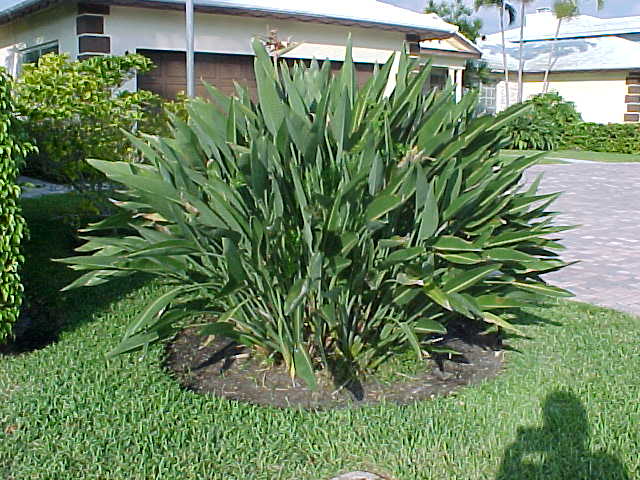The image below is a Google Earth image of a slice of modern Hawthorn surrounding Glenferrie road which runs through the centre of the photo from top to bottom.
Hawthorn is a wealthy suburb within which you would think land owners would have space for decent sized backyards. Unfortunately this isn't the case, modern inner city suburb living has a stronger emphasis on a large house rather than a good sized functional yard. Some of the larger buildings pictured are apartment complexes where living conditions are even more cramped and garden areas basically non-existent.
So with that little background story painting a picture I wanted to see what kind of vegetable harvest someone could expect from a relatively small plot of land say 5m x 2m, using every centimetre. I'm going to look into how much of each, regarding carrots, jalapenos and broccoli you could grow in such a small area with a monoculture theme.
Carrot
Spacing between plants - ~5cm
Spacing between rows - ~15cm
Number of plants - 1320 that's a lot of carrots!
If each carrot weighed around 100 grams that's a harvest of 132kg of carrots. Another bonus of growing carrots is that when it is time to thin out the young plants you get a very sweet treat of baby carrots.
Jalapeno
Spacing between plants - ~30cm
Spacing between rows - ~30cm
Number of plants - 119
Number of fruit per plant - 40
Total number of fruit - 4760
Think of all the delicious deep-fried jalapeno poppers to be eaten, salsa to be made and spicy sandwiches now possible to create.
Broccoli
Spacing between plants - ~40cm
Spacing between rows - ~40cm
Number of plants - 65
I'm not sure anyone has the want or need of 65 heads of broccoli but you never know.
As you can see a small plot of land can produce a whole lot of food provided you look after and mulch your veggies well. Even if you live in an apartment complex speak to the landowner and see if you can use that small piece of land even if it is only 2m x 2m and you may even make some new friends when people start to take an interest in your project.









 This picture of a healthy mature loquat tree preparing to flower was taken outside the house I'm renting in Hawthorn. It is one of 3 on the property and one of many on the street. I'm definitely looking forward to munching on one or two when getting home each day. So here's some more information about one of the trees you probably see everyday...
This picture of a healthy mature loquat tree preparing to flower was taken outside the house I'm renting in Hawthorn. It is one of 3 on the property and one of many on the street. I'm definitely looking forward to munching on one or two when getting home each day. So here's some more information about one of the trees you probably see everyday... Seeds from mature plants are quite easy to propagate and I have done so myself by taking seeds, placing them in pots and covering with a little soil. A couple of weeks later, watering most days (in summer, Perth full sun on bricks) young plants were growing in all three of the pots. Generally plants grown from seeds are for ornamental purposes or to be used as root stock. Trees grown from seed may take 8-10 years to fruit. There are now over 900 varieties of loquats in the world and in 2003 a new seedless variety was developed in Japan.
Seeds from mature plants are quite easy to propagate and I have done so myself by taking seeds, placing them in pots and covering with a little soil. A couple of weeks later, watering most days (in summer, Perth full sun on bricks) young plants were growing in all three of the pots. Generally plants grown from seeds are for ornamental purposes or to be used as root stock. Trees grown from seed may take 8-10 years to fruit. There are now over 900 varieties of loquats in the world and in 2003 a new seedless variety was developed in Japan.